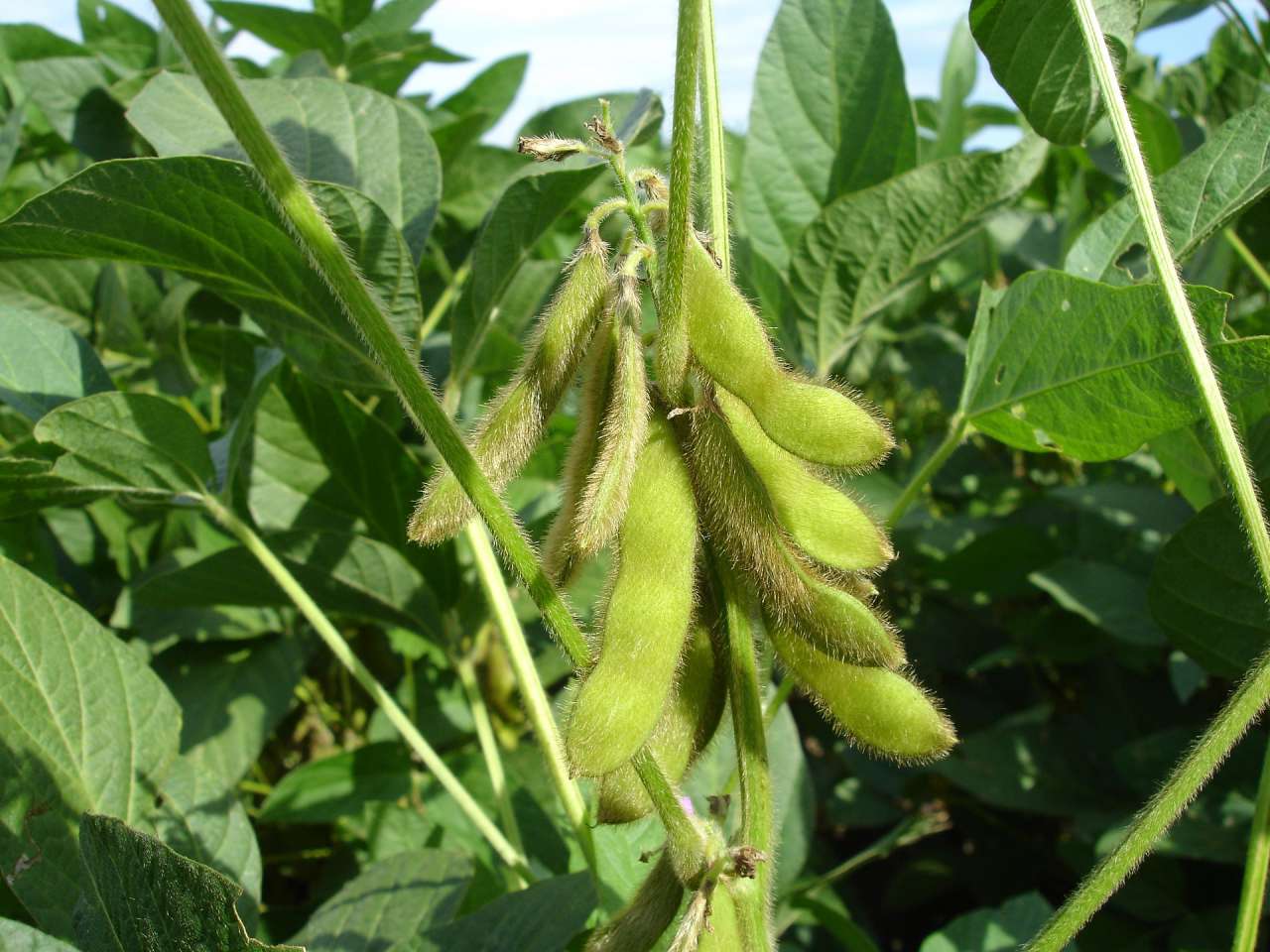Expert Tips: How to Grow Soybeans
Soy is an annual herbaceous plant of the legume family. It is both a fodder and a food crop. In the article we will tell you how to grow soybeans.
Conditions for good growth and development of soybeans
Soy belongs to the category of light-loving crops, so it is important to choose a well-lit area for growing it. Otherwise, due to poor lighting, the stems along with the cuttings will lengthen.
When growing soybeans in the country, it is very important to observe crop rotation and not sow it in one place for more than two seasons in a row. Do not plant soybeans after legumes, sunflowers, cabbage. The best predecessors are cereals and potatoes. After soybeans in the garden, it is advisable to grow vegetables for 4–5 years before returning it to its place.
The soil
Soy is a plant demanding on soil fertility. Usually, the average (neutral) soil acidity of 6.0-6.5 is the norm for soybeans. A high yield can be obtained on soils with a neutral environment, fertile, rich in humus, with good water permeability.
Watering
Depending on the weather conditions, moisture reserves in the soil and the variety during the growing season, it is necessary to carry out 3-4 vegetation irrigations, starting from mid-

June to mid-August. In case of close occurrence of groundwater, irrigation norms should be such as to avoid their merging with irrigation water.
Fertilizer
Foliar feeding during this period should eliminate the boron deficiency and help activate the symbiotic nitrogen fixation by nodule bacteria, which is very important for soybeans. An ideal foliar application would be a fertilizer with boron, molybdenum and a product with cytokinin.


